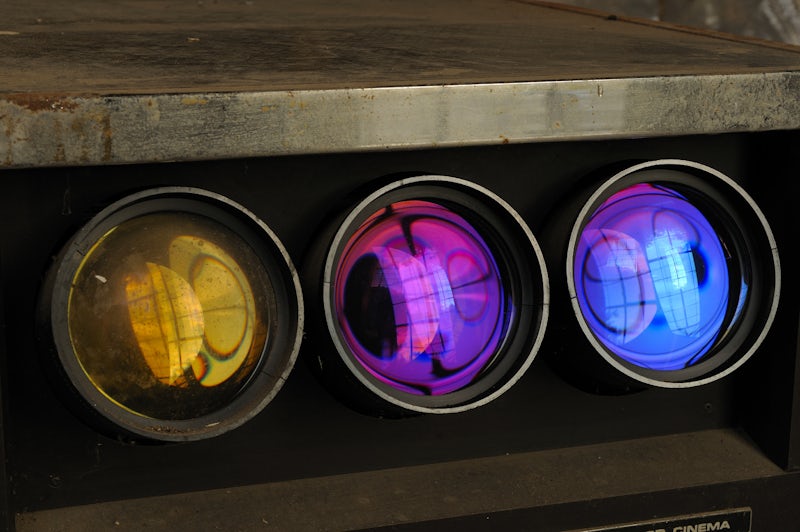Panamarenko

Panamarenko Research Project
Panamarenko is one of the few top artists from post-war European avant-garde whose image has not yet been canonically compressed. As an artist, inventor and visionary, he has for many years conducted exceptional research into concepts such as space, motion, flight, energy and gravity. His work is a combination of artistic insight and technological experiment. This means that in Belgium, he is the absolute key figure of avant-garde art from the second half of the 20th century onwards.
The M HKA wants introduce the broad public to the work of Panamarenko in all its facets by developing a documentation centre around his particular oeuvre. The M HKA has mapped virtually the entire oeuvre of the inspired artist by applying a thematic and chronological structure. This resulted in the successful exhibition Panamarenko Universum in 2014. This screening of his oeuvre did not only lead to clarity and structure, it also afforded depth and accessibility. Moreover, it was given a permanent character on collections.org, where all available information and documentation on the life and work of Panamarenko is digitally stored in one place. Additionally, this image and text material was linked to specific themes and objects from his work, turning the digital archives into a dynamic and organised whole.
The impetus for the Panamarenko image bank was given back in 2006, after the artist donated his legendary home in the Biekorfstraat 2 to the M HKA with the aim of turning it into a genuine artist’s home. Under the banner of Workstation Biekorfstraat, the M HKA has drawn up a full inventory of the artistic and non-artistic content that was found in the house. While the building was being restored and redecorated, the image bank grew into a full-fledged search and management tool. It became an ambitiously conceived collection with a clear vision for the future, and sustainable, which means it can be further completed and opened up by the M HKA. With the acquisition of all of Panamarenko’s archives of Paul Morrens in 2013 and then the archives of gallery Ronny Van de Velde in 2015, the museum boasts the most extensive and varied collection of archival material on Panamarenko today.


